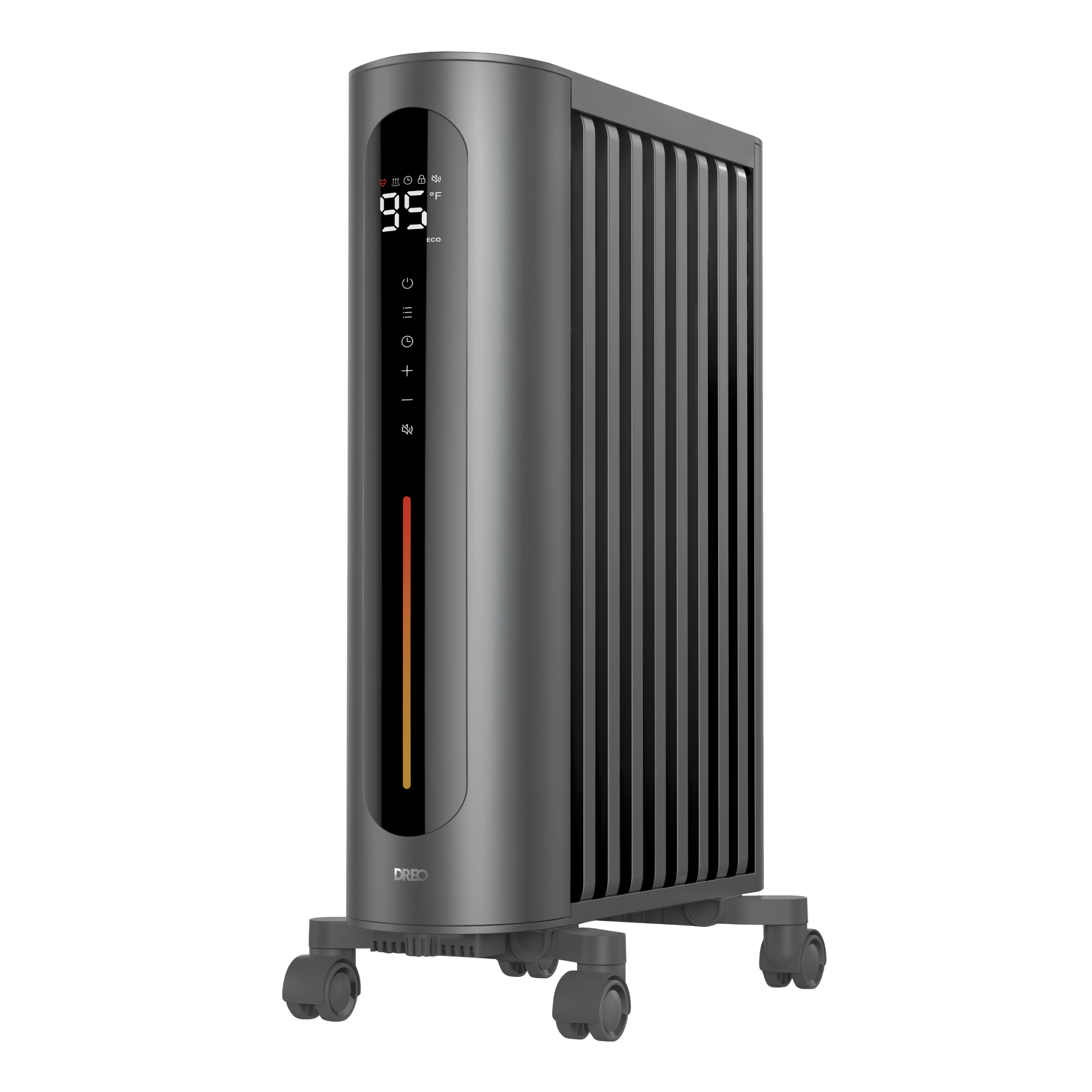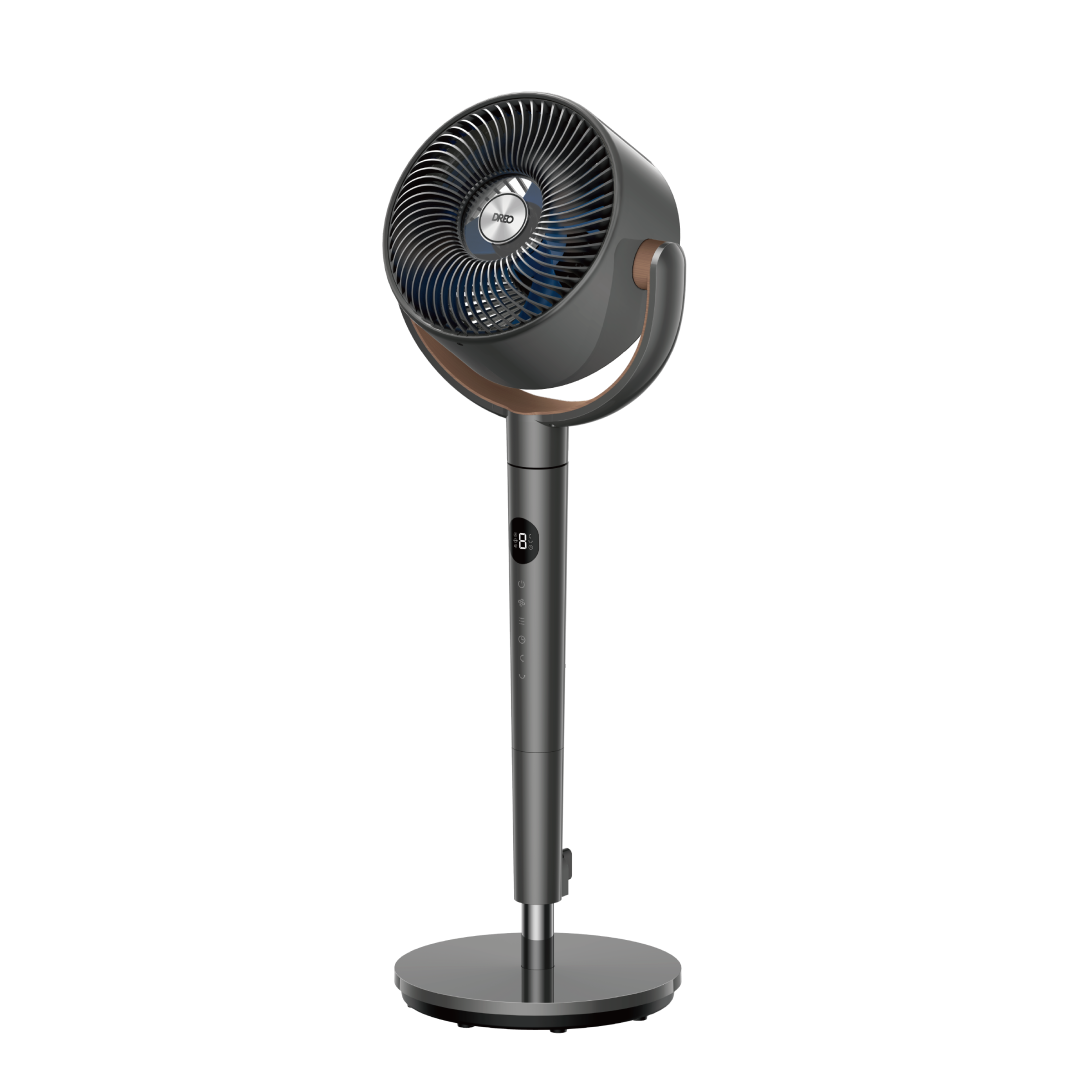You might think your tap water is perfectly fine, but chances are, it's carrying unwanted guests like calcium and fluoride. While they're common, these contaminants can quietly affect your health, damage appliances, and even alter the taste of your water.
Fortunately, removing them is simpler than you might think. Keep reading to learn effective methods for filtering out these impurities and enjoying purer water.
What Are Calcium Deposits and Fluoride?
- Calcium Deposits: If you’ve ever noticed cloudy spots on dishes or stubborn buildup on faucets, it’s likely calcium. This mineral, present in hard water, accumulates over time, clogging pipes and reducing appliance efficiency. It can even lead to skin dryness and irritation. While it’s a gradual issue, it adds up, leading to higher water bills and costly repairs.
- Fluoride: It is commonly added to municipal water supplies to help prevent tooth decay. However, while beneficial for dental health, some people prefer to avoid fluoride due to concerns over its long-term effects on bones, thyroid function, and overall well-being.
The Best Methods to Filter Out Calcium and Fluoride
To help you choose the right solution for filtering out calcium and fluoride, here’s a breakdown of some effective methods available:
1. Sediment Filtration
Sediment filters are often the first stage in multi-stage filtration systems, designed to remove larger particles like dirt, rust, and sand. Made from materials like melt-blown polypropylene (PP) or pleated polyester, these filters trap particulate matter and can help reduce calcium build-up in pipes and appliances. The micron rating determines filter strength—lower ratings provide finer filtration. However, sediment filters alone aren’t effective for removing fluoride.
2. Activated Carbon Filtration
Activated carbon filters come in two forms: Activated Carbon Block (ACB) and Granular Activated Carbon (GAC).
- ACB filters are made from fine carbon powder bound together and effectively remove chlorine taste and odor, lead, volatile organic compounds (VOCs), and microscopic cysts. They can also reduce fluoride to some extent, though not as efficiently as other methods like reverse osmosis.
- GAC filters, an alternative to ACB, offer a higher filtration rate and are suitable for point-of-entry (POE) whole-house systems. While they provide effective filtration for many contaminants, including fluoride, their performance may not be as precise as ACB filters in removing specific toxins.
3. Reverse Osmosis (RO) Systems
Reverse osmosis is a powerful method for filtering out both calcium and fluoride. It works by forcing water through a semi-permeable that blocks contaminants, allowing only pure water to pass through. This process not only gets rid of calcium but also eliminates fluoride and other dissolved solids, leaving you with cleaner, better-tasting water.
For those looking for a system that does more than just filter the basics, newer RO systems, like the one equipped with the
DREO WF511 water filter, are stepping up their game.
With an advanced 7-layer filtration process that removes up to 99.999% of contaminants, it's capable of tackling over 1,000 impurities - from rust and sediment to fluoride - leaving you with water that not only looks cleaner but tastes fresher.
It’s not just about filtering the basics, either. The system’s design helps you save time and effort, with a 3:1 pure-to-drain ratio that cuts down on waste. And with RO and PPC filters that purify up to 1,050 gallons (about 8,000 plastic bottles), it works quietly in the background, so you can focus on the things that matter most—like enjoying that first sip of water each day, knowing it's as pure as it gets.
When you don't want to think twice about your water quality, this kind of filter just works.
Tips to Maintain Your Water Filter for Long-Lasting Benefits
To keep your
DREO WF511 (or any similar filtration system) performing at its best and effectively removing calcium, fluoride, and other impurities, regular maintenance is essential. Here are a few simple tips to help you get the most out of your system:
-
Change Filters Regularly: Filters are the heart of your system. Follow the manufacturer's recommendations for replacement intervals (RO filters typically last 24 months, PPC filters 12 months) to ensure consistent performance.
-
Flush the system before use: Always flush your filter before the first use or after replacing the filters to remove any dust or debris that might have accumulated.
-
Clean the exterior: Regularly wipe down the outer surfaces of the filter to remove dust, dirt, or water spots, keeping it looking fresh and functioning efficiently.
-
Check for leaks or Issues: Periodically inspect the water lines and connections for any leaks or signs of damage. Small issues can lead to bigger problems if left unchecked.
-
Monitor water flow rate: If you notice a drop in water flow or pressure, it could indicate a clog or filter issue. It's best to address this promptly to avoid any disruptions in the water supply.
-
Keep the area dry: Ensure the area around your filter stays dry to prevent moisture buildup, which can lead to mold or mildew growth.
Final Takeaway
Maintaining clean, purified water doesn’t have to be a hassle. With the right filtration system in place, you can eliminate calcium, fluoride, and other impurities with ease. Taking simple steps to maintain your system ensures it continues to deliver fresh, clean water day after day.

















































